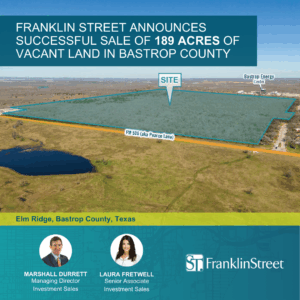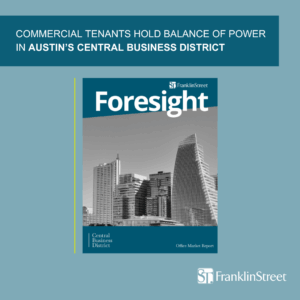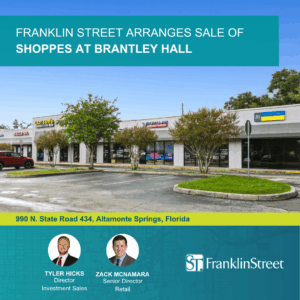South Florida apartment rental rates grew 10 percent to 15 percent in the last two years and are likely to keep trending upward in 2014. But industry watchers say that’s not necessarily good news for building owners.
Broward rates grew 2 percent to 3 percent in the last quarter, according to data from Franklin Street Real Estate Services. And in the fastest-growing infill locations, such as downtown Miami, average rents reached $2.25 per square foot—up 29 percent from about $1.75 two years ago.
“It’s simple economics—supply and demand,” said Bill Hahne, broker owner of Hahne Real Estate in Miami Beach. “The rental supply is half what it was last year. At all price points, whatever category clients are looking for, we as real estate agents just don’t have as much to show them.”
As tight mortgage lending conditions continue to steer residents toward renting, apartments are in short supply.
“There’s an inventory issue,” said Jay Phillip Parker, CEO of Florida brokerage at Douglas Elliman Real Estate in Miami Beach. “There’s not a lot of multifamily inventory on the market, so it’s pushing rental prices up.”
This spike in rental income should have been good news for apartment building owners. But analysts say that hasn’t been the case, and some developers say property values remained flat despite rising rents.
“Income and expenses are going up proportionally,” said Elliot Shainberg, Franklin Street’s senior director and specialist in multifamily brokerage. “Whatever rise we’re seeing in income streams is being offset by debt and mortgage payments. Property values aren’t going down, but they’re not going up either.”
RISING COSTS
That’s thanks in part to a 15 percent spike in construction and operating costs, said Michael Wohl, partner of Pinnacle Housing Group, a Miami-based developer of market-rate and affordable housing.
“Costs are seriously on the rise,” said Wohl, whose developments include Crystal Lake in Hollywood, Highland Gardens in Deerfield Beach and Pinnacle Village in Pompano Beach. “And on the affordable housing side, we can’t pass these increases onto the client. We absorb it.”
For the Related Group, construction expenses rose 5 percent to 10 percent in the last two years. But a company official there said the increases aren’t due to rising commodities costs.
“It’s not necessarily the price of materials that’s going up,” said Steve Patterson, president of Related Development LLC, which has multiple projects in the works and has broken ground on 3,000 units in Miami-Dade, Broward and Hillsborough counties. “What is going up is profit taking. All the vendors and contractors that have been suffering for the last five years are finally having the opportunity to take a profit.”
That practice is inflating cost projections, especially as builders cope with a tight labor market and too few resources to match booming demand.
“Right now, construction companies are optimistic about their future pipeline. They’re trying to be cautious about growing their companies, because they don’t know how long it will last,” Patterson said. “But they’re probably going to contract with numbers that are much lower than are being quoted today. Quoted deals are seeing some pretty eye-opening numbers, but I don’t think that’s real.”
RECORD RATES
What is real, though, is the steady rise in rental rates.
“Once you get past $2 a foot, you’re at record rental rates for the Miami and Brickell corridors,” said Craig S. Studnicky, principal of International Sales Group LLC. in Aventura. “Most developers realize that once we reach an average of $2.50 to $3 per square foot, most renters are going to look for alternatives. Within a year it’s quite possible to hit $3 per square foot. But unfortunately salaries and wages don’t go up that fast. It means investors and developers will have to settle for lower yields. And if construction prices continue to rise, what will happen is we’ll stop building at the rates we’re building now.”
But for now, observers are optimistic.
“In general a lot of people are predicting that 2014 will be a strong season. We’re very well positioned to see increase pricing values. I don’t see any desperation in the market at all,” said Douglas Elliman’s Parker. “We’re in a very healthy environment, driven by the most basic of economic principles—supply and demand. The investors coming in are patient investors or second- or third-home buyers. Their dollars are still looking for places to park. And as long as that exists, prices are going to continue to rise.” Download PDF



